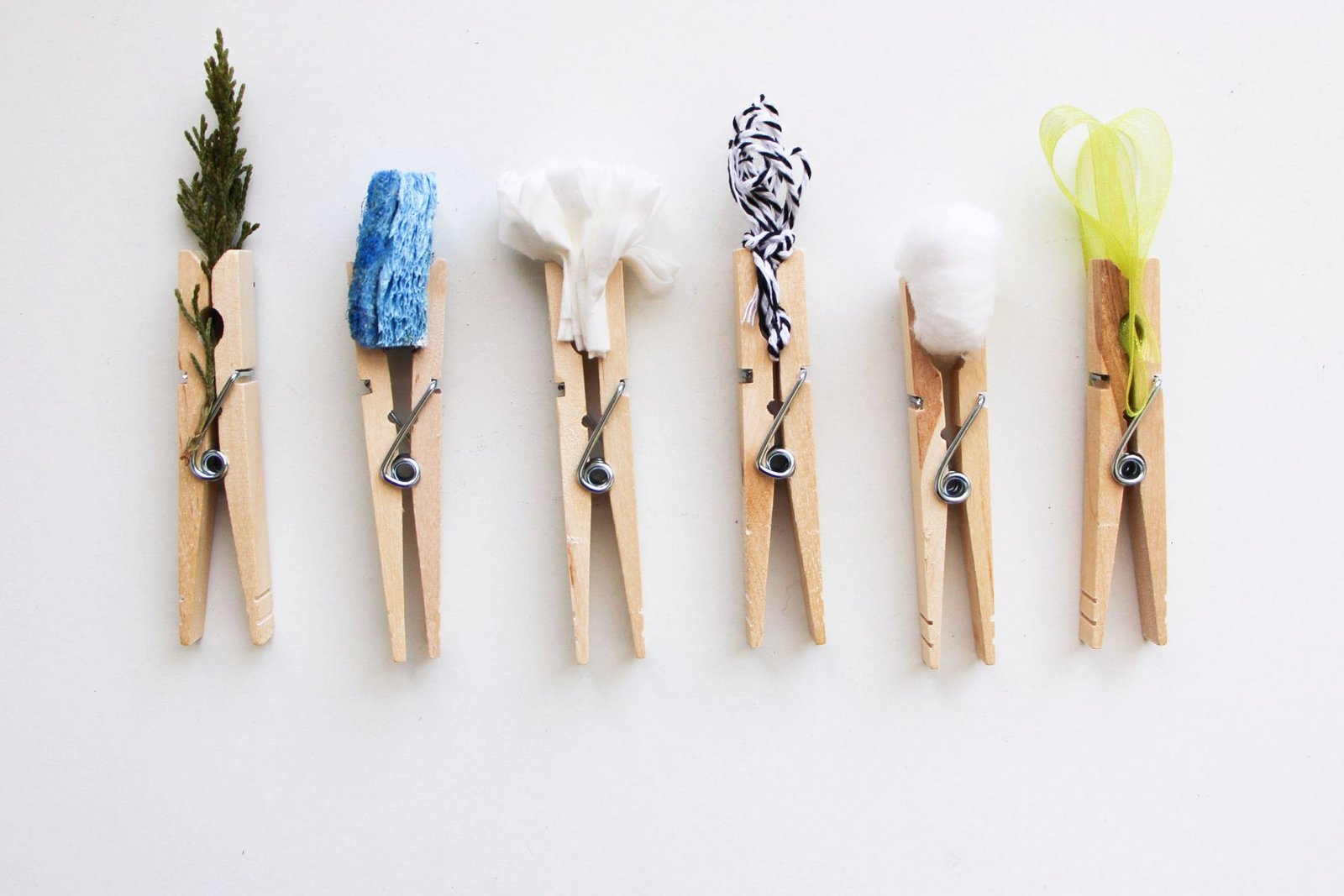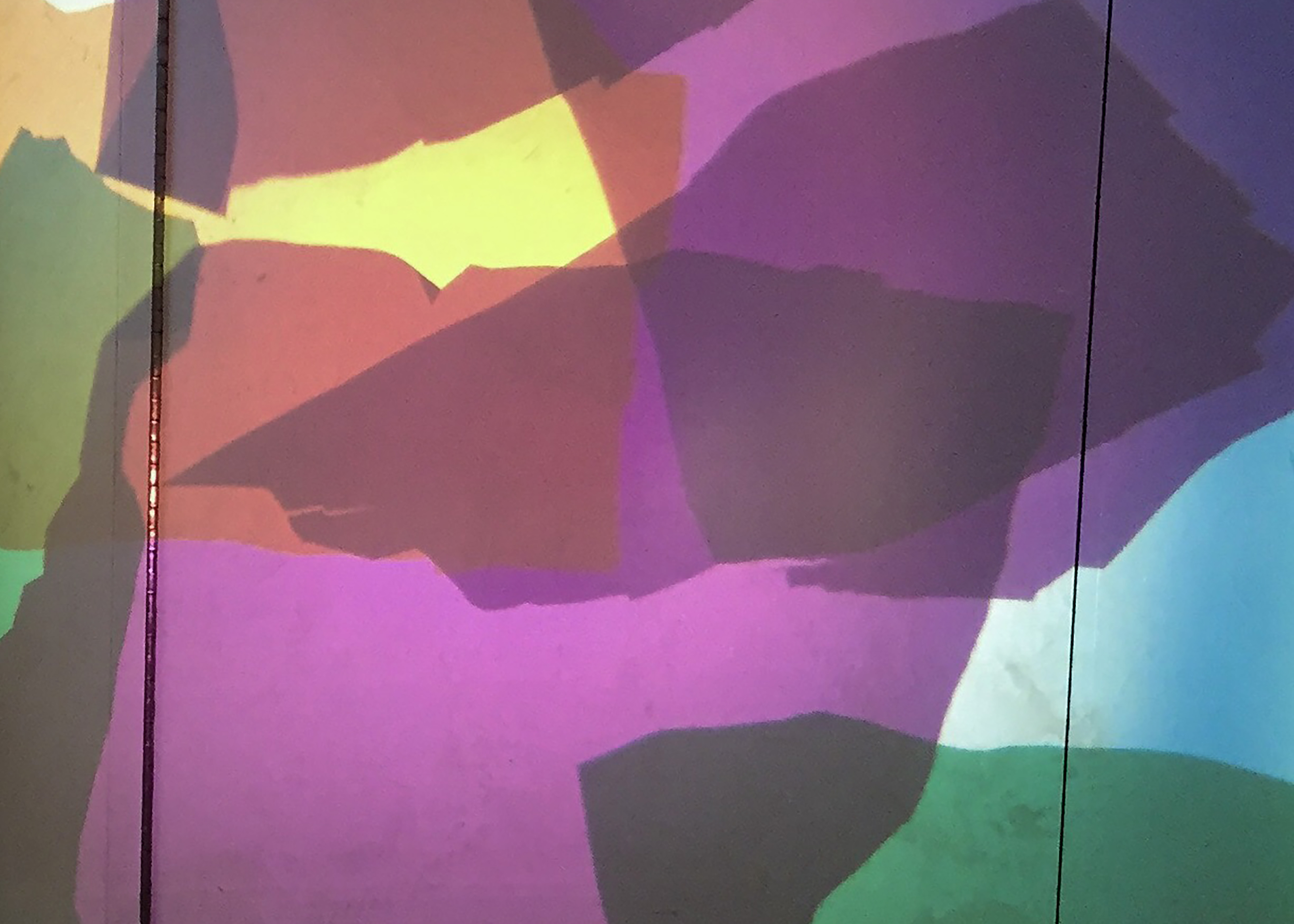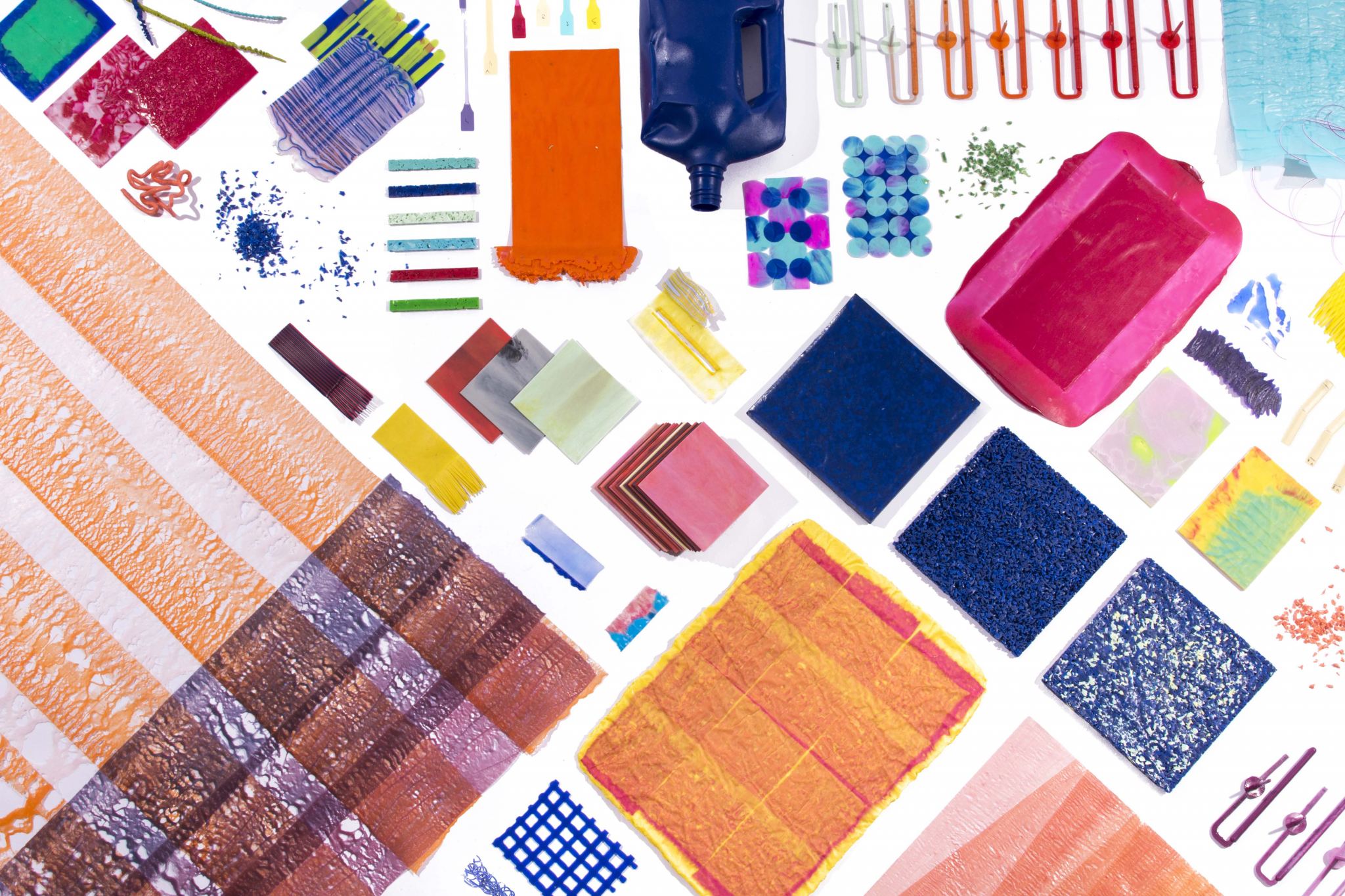Have you ever tried creating your own art tools? It is a fun art activity to do. Many artists including Gerhard Richter, Jackson Pollock and Willem de Kooning are famous for making their own tools for painting! This post shares how you, and your kids, can make your own paintbrushes using pegs and other items from around the house. This activity is great as it allows kids to experiment with different designs, surfaces and textures so there are lots of opportunities for creativity and problem-solving. Age range: 18 months + Preparation time: 10 minutes What you need Large clothespins/pegsScissorsPaint (homemade edible paint is a great option for babies and toddlers)PaperHousehold materials such as cotton pads, dishcloth, paper towel, tissue paper, bubblewrap, aluminum foil, leaves, ribbons, string, feathers, flowers and pom-poms. Making your DIY paintbrushes Step One: Collect your household materials and cut them into small enough pieces so they can…
How to arrange materials to support children’s learning
Children’s play with sensory-rich, loose part materials can be an important part in creative learning. How these materials are spatially arranged may also dramatically influence how a child takes up and explores them. Below are three practical tips for arranging materials to support children’s imagination and curiosity. I have put these together based on my own experience working as an artist and educator with young children. It would be great to hear what others find useful when laying out materials for children so please comment below! Layout materials to encourage social interactions Vygotsky talks about the importance of social interactions in facilitating learning amongst groups of people (Vygotsky, 1980). As a child’s peers, teacher or parents may have more advanced understandings or abilities in relation to a particular skill, concept or task, a child’s interactions with them may allow for new knowledge to be produced. Social interactions between groups of people may…
Jessica den Hartog’s art made from recycled plastic
The use of plastic in classrooms is becoming an important issue for teachers. For example, public schools in the United Kingdom have been encouraged to eliminate single-use plastics (like straws, disposable water bottles and glitter) by the end of 2022. However, plastic can also be a wonderful material for artistic experimentation, as Dutch designer Jessica den Hartog shares with us in this post. Jessica is a researcher and designer whose artistic practice has explored the relationship between colour and recycled plastic. Based in Maastricht in the Netherlands, her art focuses on the importance of experimentation with the material. This is in contrast to making a specific end product. Image: Jessica in her art studio. Credit:Jessica den Hartog Louisa Penfold: I understand you have worked in both styling and design. Can you tell us about your background and how your interest in recycled plastic came about? Jessica den Hartog: My interest…




